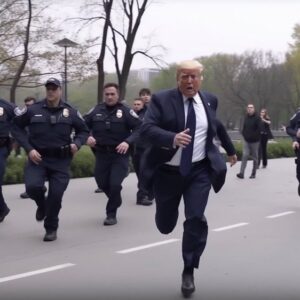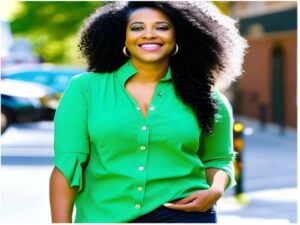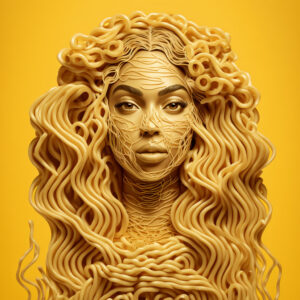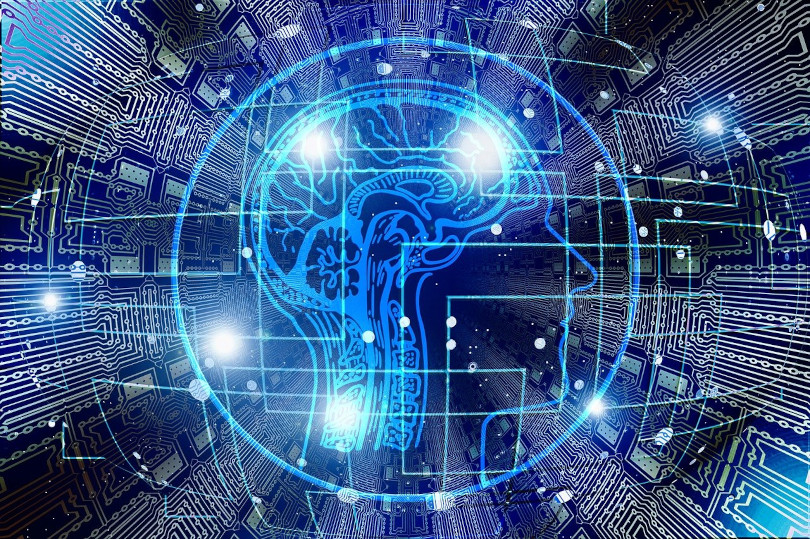Article image by Gerd Altmann from Pixabay.
The use of Artificial Intelligence (AI) has grown exponentially, and people are using it for tons of different purposes. AI has been around since 1951 when the first program was created by Christopher Strachey at the University of Oxford. AI is defined as a simulation of human intelligence by a machine, usually a computer. It’s used in search engines, filtering spam, and translating languages. It is also used for more fun purposes such as creating artwork and music. AI can be incredibly useful, but now that it is more commonly available, it also has more potential to cause harm. The main reason for this is that it’s becoming harder to tell whether or not something was created by AI.
Examples of AI Generated Content

As you can see the images produced by AI are not obviously fake. You truly have to closely examine them to realize that it is not a real photo. These AI images can also be made incredibly quickly. Sometimes they can be produced in a matter of seconds. In addition to this, it isn’t expensive to produce these images because many AI image generators are free. This is very dangerous because it is incredibly easy to spread misinformation. It also allows people to spread misinformation accidentally by sharing something without realizing that it’s fake. It is super important to be able to tell what’s real and what’s fake.
Is it AI Generated?
Some of the most realistic AI generated images are made using “deep-fakes.” Deep-fakes combine AI with facial-recognition technology to make images and videos. These can be used to make fake images and videos of real people and is often used to make fake images and videos of celebrities. As for the images, there are few things to look out for that might indicate the image was made by AI. Here is an example.

- Hands
AI image generators often struggle to make accurate looking hands. The fingers may look oddly shaped and sometimes there isn’t the right number of fingers. So, if someone’s hand looks wonky in an image that you’ve seen online, it might be and AI generated image.
- Teeth
Another thing that AI image generators struggle to replicate is people’s teeth. It is common for AI image generators to accidentally put too many teeth in the mouth of someone in the image. Obviously, this is not as effective if the subject’s mouth is closed.
- Texture
Something that many of the AI generated images have in common is texture. While people use AI image generators to create images of various kinds of things, they all seem to have a similar texture. Many AI generated images make the subjects look plastic or almost rubbery. Things within the image might look overly smooth.
- Eyes
AI sometimes generates images of people with distorted eyes. The eyes might be uneven, and if the person in the image is wearing glasses, the glasses might appear to merge with the face.
- Background Details
This might be one of the hardest things to notice in an AI generated image. AI can sometimes get lazy with backgrounds. The backgrounds of images might be unnecessarily blurry. They also might have incorrect shadows or weird lighting.
In a Nutshell…
It can still be hard to identify AI generated images, even after learning about their differentiating characteristics. So, it is important to use other methods for determining whether or not an image is real. Thankfully, many AI generated images are labeled in some way. When you check title, image description and tags, there is usually some kind of indication that the image was created by AI and is not real. In addition to this, many of the apps that create these images leave some sort of watermark. For example, if you download an image from DALL-E it will leave its watermark – five colored squares in the bottom right corner of the image.
AI generated images are commonplace and extremely easy to create. It has advanced incredibly quickly. The technology that’s used for it will only continue to advance. However, not all AI generated images are used to create misinformation and not all AI generated images look realistic. While some AI generated images are created with malicious intent, a significant amount of AI generated images are created for fun. Some AI generated images are obviously fake and are harmless. While it is still important to be on the lookout for AI generated images, the situation isn’t necessarily a crisis.



